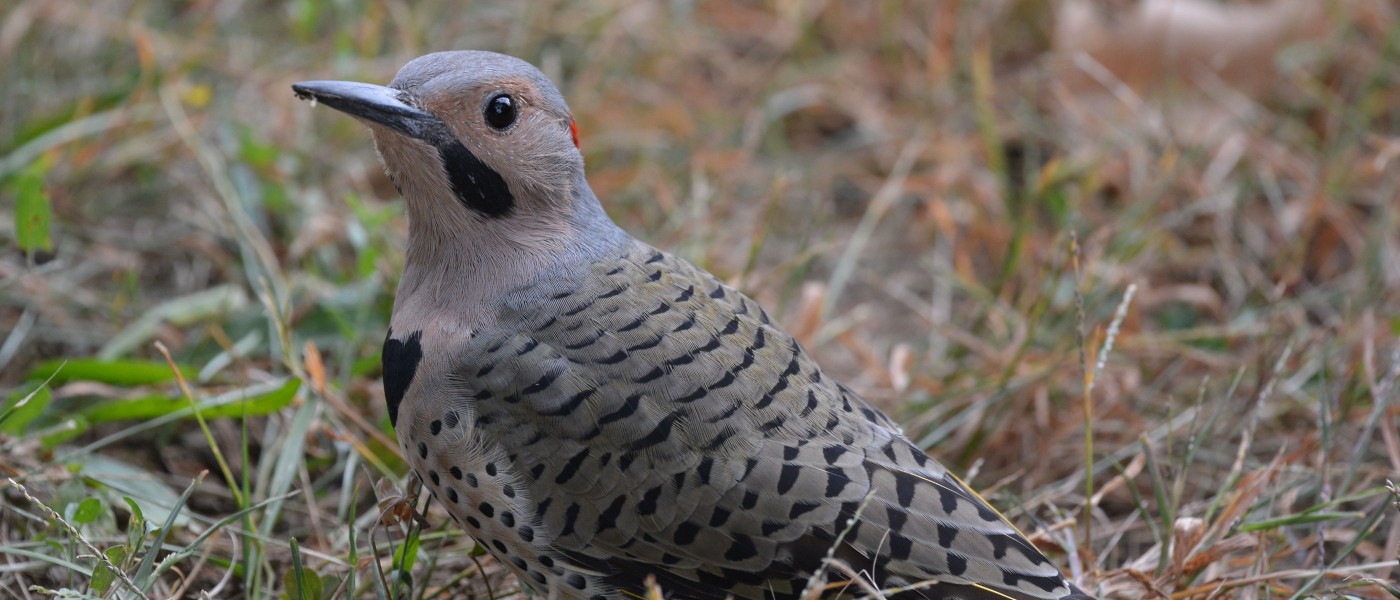Birds of Brooklyn: Northern Flicker
When you think of a woodpecker, you probably picture a bird clinging to a tree trunk, tapping away. For most woodpeckers, this is typical behavior, but there is one exception. The northern flicker, the largest woodpecker found in Brooklyn, is more likely to peck for its favorite food, ants, on the ground.
The northern flicker is easy to spot and identify. Not only is it often seen on the ground, it’s also pretty big—about 11 or 12 inches long. It’s also the only woodpecker that’s mostly brown—all the others are mostly black and white with some red. You can see the flicker’s white rump when it flies up, and eastern populations flash yellow under the wings. Western flickers—found in California, Arizona, and other western states—flash red.
In the New York City area, the flicker population is made up of both year-round residents and migrants, and there are significant numbers here throughout winter. Those that breed up north also pass through the area twice a year—in late April through early May and again in September—in good numbers.
More: Read about the Yellow-Bellied Sapsucker, another woodpecker that winters in Brooklyn.
The species breeds in large city green spaces including Prospect Park, Central Park, and possibly Brooklyn Botanic Garden. During its mating season in spring, you might hear flickers attract mates by drumming on objects with their beaks. They seem to especially like gutters, downspouts, and other such pipes that make their drumming resonate so it can be heard for a good distance. Sometimes male flickers will face off against each other. Two will get on the ground, look at each other, and try to stretch their necks and heads up straight, as if to say, “I’m the biggest.”
And this woodpecker does peck wood while building a nest. It’s a primary cavity-nesting bird, which means it makes its own nest, usually by drilling into the soft, decaying wood of a dead tree. Dead trees, or snags, also provide good habitat for a host of other birds, including swallows, chickadees, and other woodpeckers.
A century or so ago, the flicker was more common, but its numbers have declined due to the removal of snags, habitat loss from development, and competition with the nonnative starling, which was introduced in the 1890s. Starlings will let a flicker make a nest cavity and then gang up on it and usurp the cavity. The flicker then has to start all over again, losing valuable nesting time. Still, the flicker remains a fairly common bird in this area and throughout North American. With its many interesting behaviors and sounds, it is one of the easiest species to identify and enjoy.
The Birds of Brooklyn series looks at some of the most familiar and fascinating birds that call Kings County their habitat.


